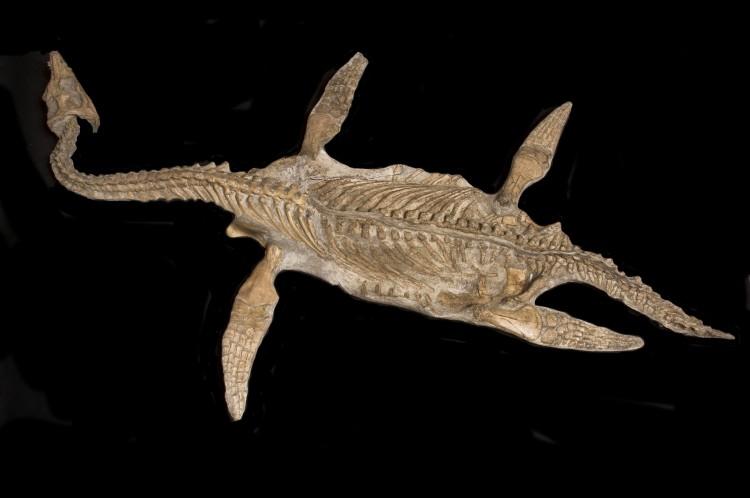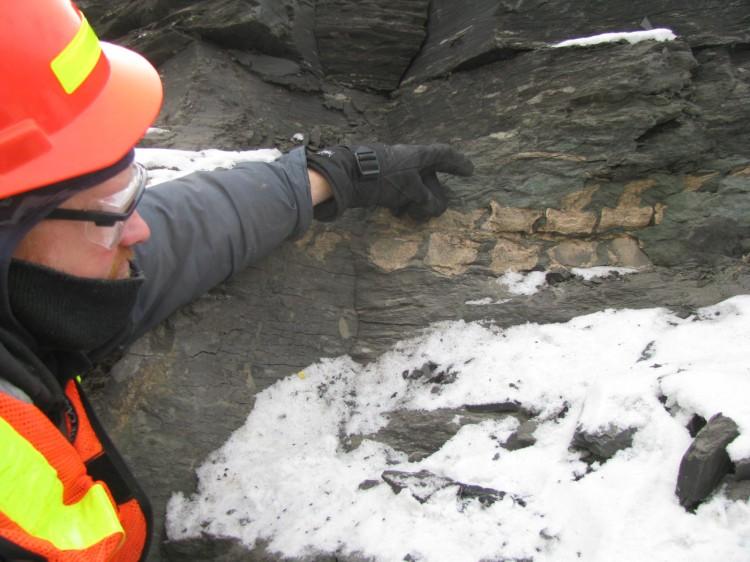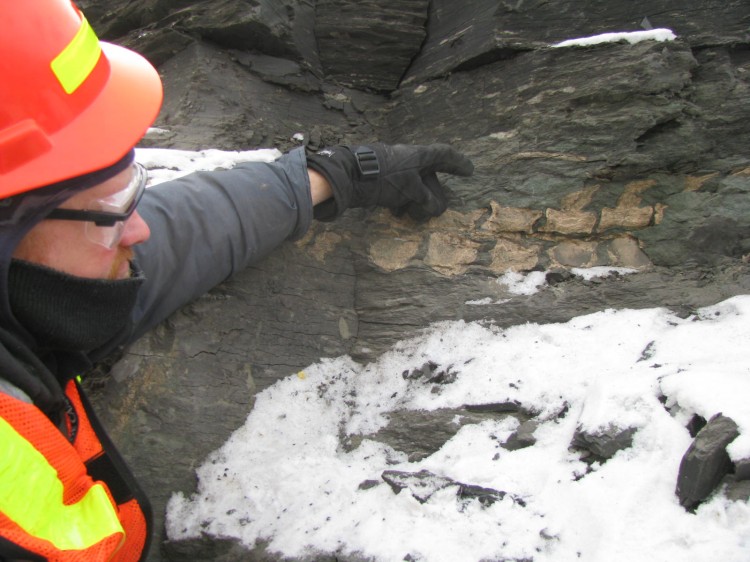A rare dinosaur found in the Alberta oil sands will take at least another two years to be ready for public viewing, says a curator involved in the project.
“It’s a very slow process,” says Donald Henderson, dinosaur curator at the Royal Tyrrell Museum in Drumheller, Alberta.
“A week ago today we got it out of the ground and transported it to a quiet place in the mine. So it’s still sitting up there. … We’re going to go back in May to do the work to get it trimmed down and stabilized for transport.”
The fossil of the marine reptile known as a plesiosaur was found on a Syncrude lease in Fort McMurray on Nov. 14.
The Fort McMurray area has one of the largest crude oil reserves in the world, but it was once covered by a marine ocean known as the Albian Sea and home to countless ancient sea creatures.






